Wildlife camera traps and drones reveal unexplored area of Amazon Rainforest for first time
Scientists have, for the first time, explored a remote part of the Peruvian Amazon and captured photos of its diverse wildlife. Almost 2,000 species were documented over 17 days, with 19 of these believed to be new to science.
The expedition to Medio Putumayo-Algodón saw 25 researchers from the Field Museum, Chicago, carry out a wildlife 'check up'. Their aim is to provide the Peruvian government with an update on the area's biodiversity, which it can use to plan future conservational programmes. They used 14 camera traps to take candid shots and also used a drone to capture aerial footage of the rainforest - a landscape that was, previously, only accessible by helicopter.
"No scientists have ever explored this area, let alone document it with cameras and drones," said Jon Markel, a researcher working on the project. "These images are the first time this remote wilderness and the species that call it home are being recorded for science."
While in the rainforest, they captured photographs of giant armadillos, anteaters, ocelots, peccaries and many more. Their photos include a crab-eating raccoon, a Salvin's Curassow, and a Jaguarundi moving through the bushes.
The scientists recorded 1,820 fish, amphibian, reptile, plant, bird, and mammal species. The region was found to have the largest number of frogs and snakes than any other biodiversity expedition carried out by the Field Museum. Scientists also documented large peat deposits and clay licks, both of which provides salt to the local wildlife.
At present, this part of the rainforest is currently under threat from illegal logging and mining, and a proposed road could divide the wildlife habitats. The team said this highlights the need for an understanding of the wildlife living there. "You can't argue for the protection of an area without knowing what is there," said research director Corine Vriesendorp. "We discovered an intact forest inhabited by indigenous people for centuries and teeming with wildlife. We want it to survive and thrive long after our cameras are gone."
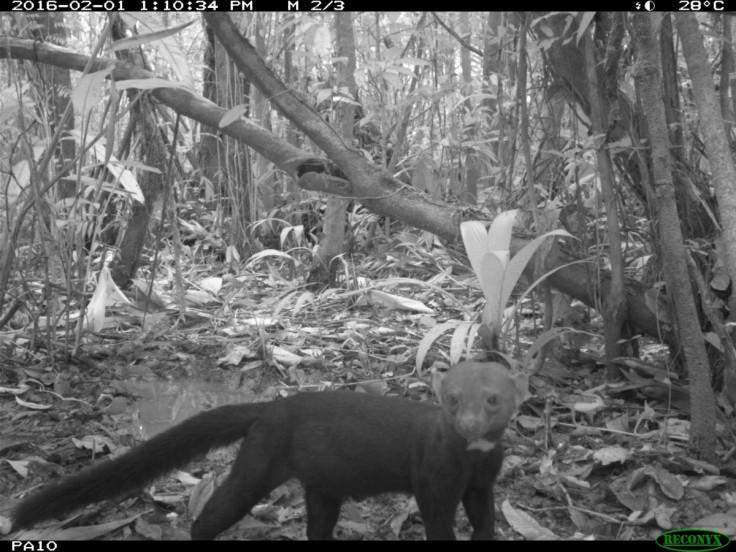

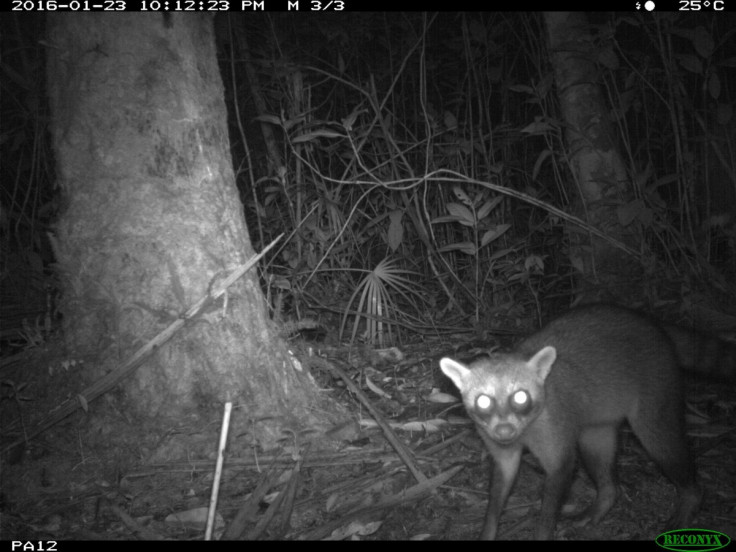
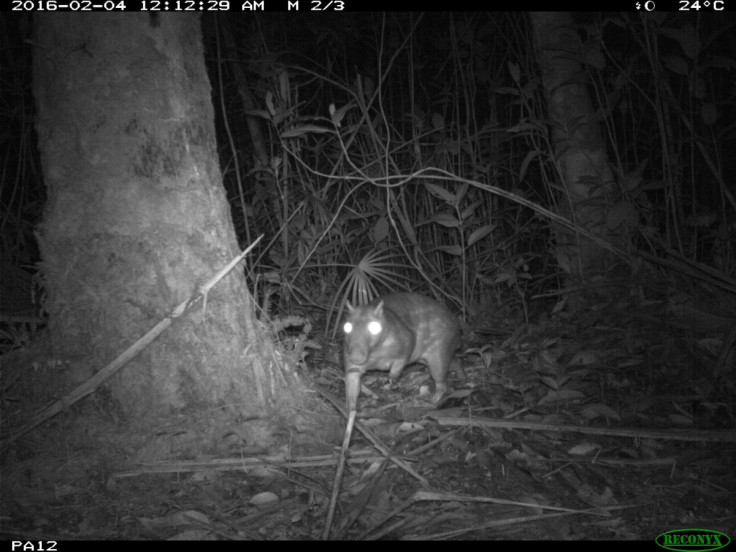
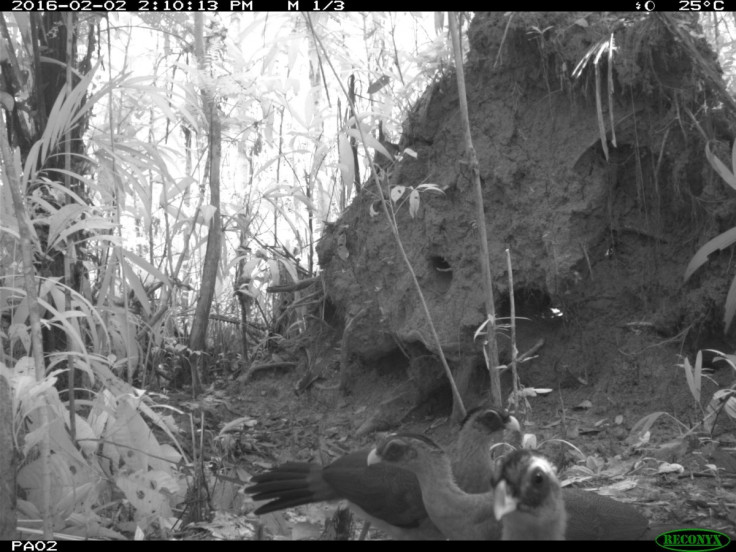
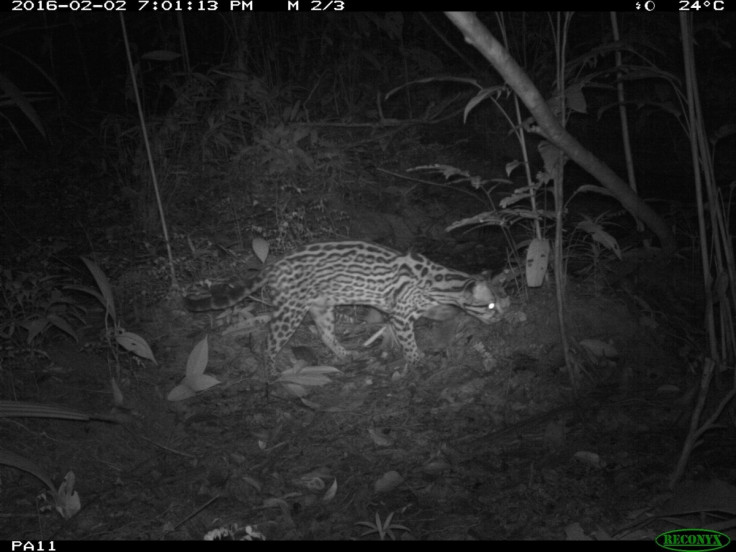
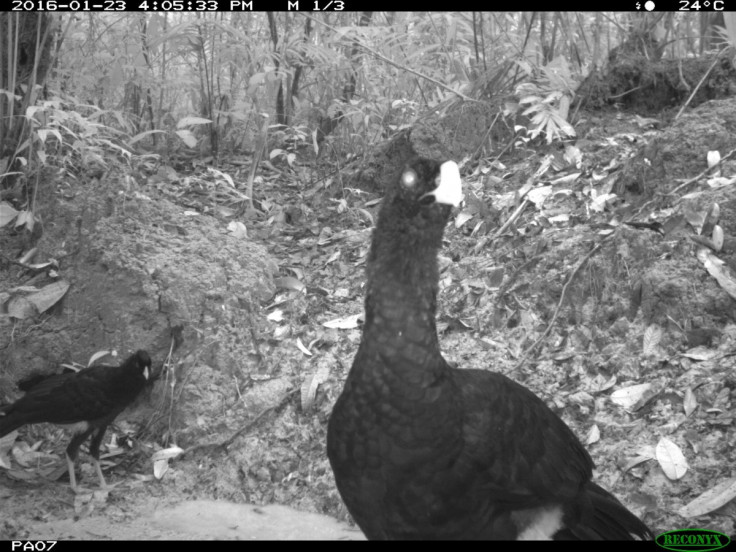
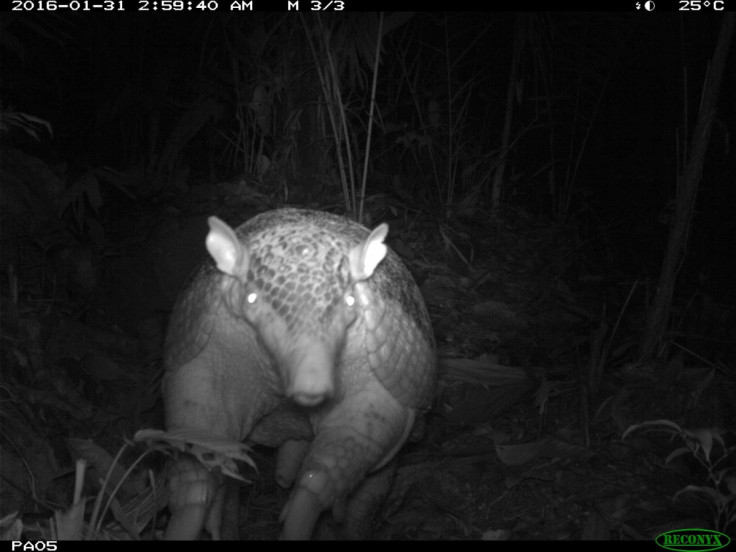
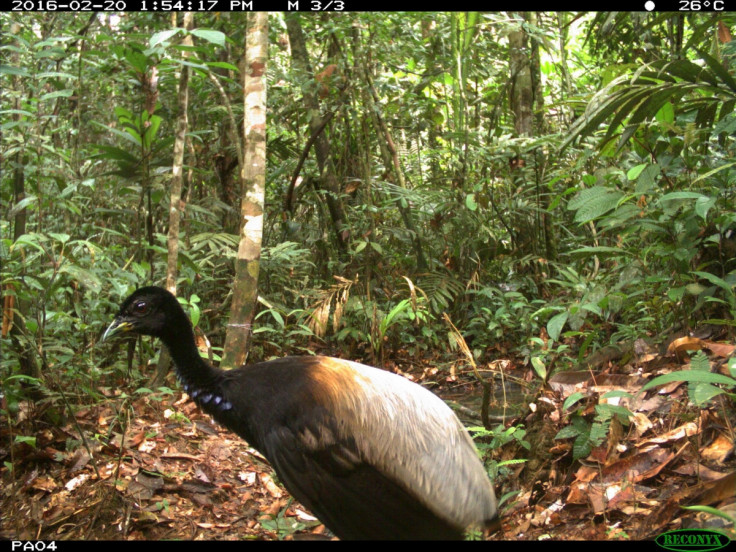
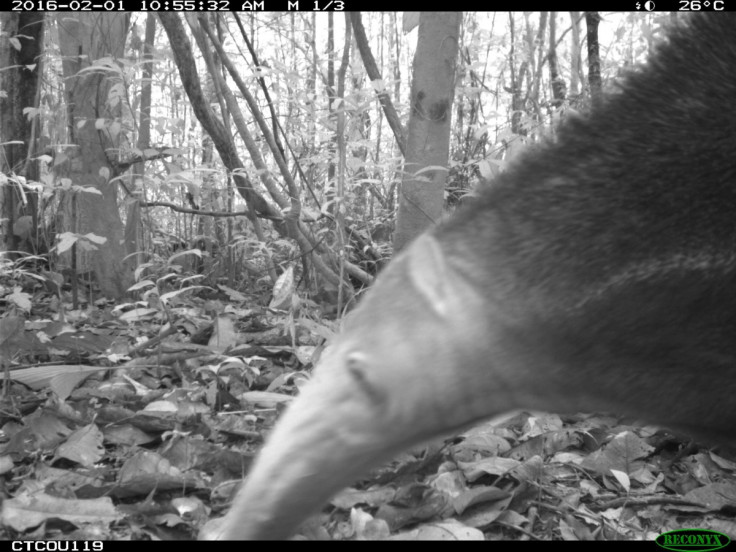
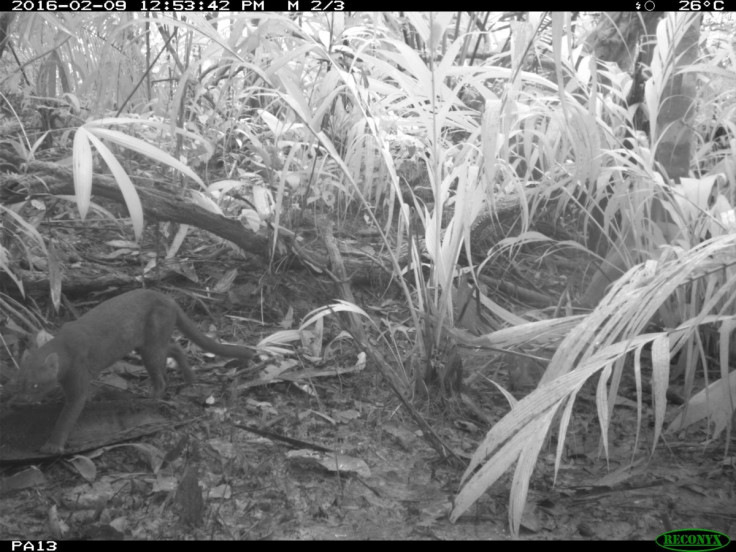
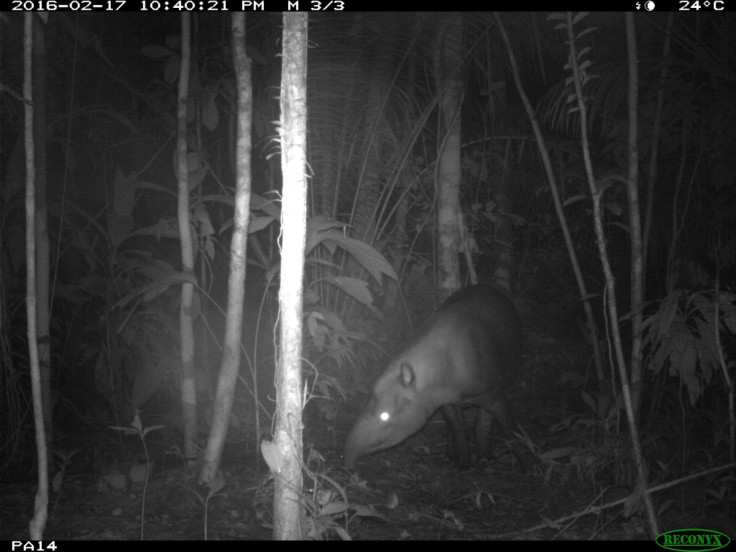
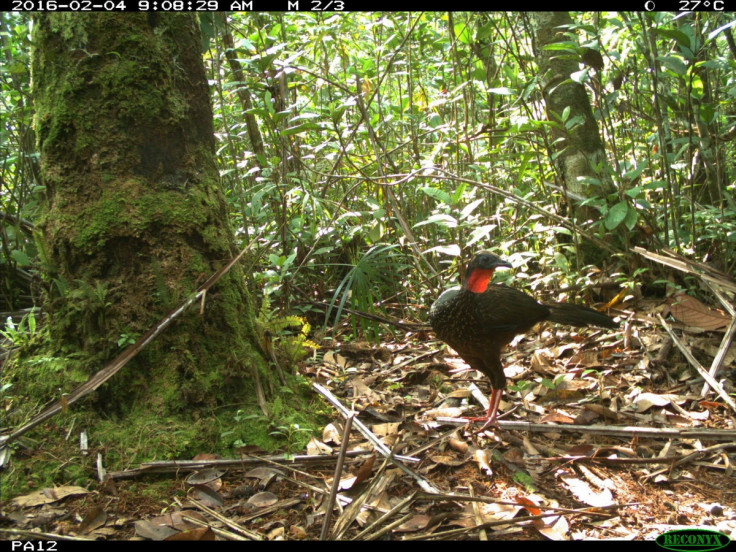
© Copyright IBTimes 2025. All rights reserved.






















